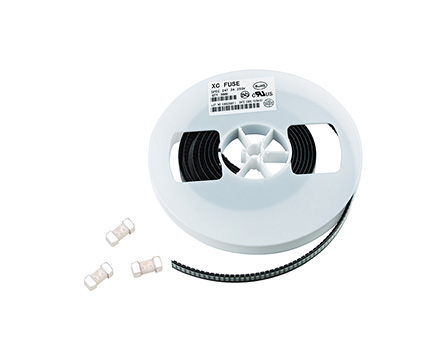
1、 The function of a fuse:
1. Under normal circumstances, fuses play a connecting role in the circuit.
2. Under abnormal (overload) conditions, the fuse serves as a safety protection component in the circuit, which can safely cut off and protect the circuit through its own fusing.
2、 The working principle of a fuse:
When a fuse is energized, the heat converted from electrical energy causes the temperature of the melt to rise. Normal working current or allowable
When a certain overload current passes through, the heat generated is radiated to the surrounding environment through the melt and shell, and the heat dissipated through convection, conduction, and other means gradually reaches a balance with the heat generated. If the generated heat is greater than the dissipated heat, the melt temperature can increase; When the temperature reaches or exceeds the melting point of the melt, the melt melts, fuses, and cuts off the current, playing a role in safety protection of the circuit.
3、 Classification of fuses:
1. Divided into: φ 2 φ 3 φ 4 φ 5 φ 6 and others.
2. According to the fusing characteristics, it is divided into fast fusing and delayed fusing (fast, medium, and strong delay).
3. According to breaking capacity, it can be divided into low breaking type, high breaking type, and enhanced breaking type.
4. According to safety standards (or usage regions), it can be divided into UL/CSA (North America) specifications, IEC (China, Europe, etc.) specifications, MIT/KTL (Japan/Korea) specifications, etc.
5. Other classifications.
Read recommendations:
Typical Applications of Self Recovery Fuses.motor thermostat wiring diagram
What are the safety standards requirements for fuses.where is the battery fuse located